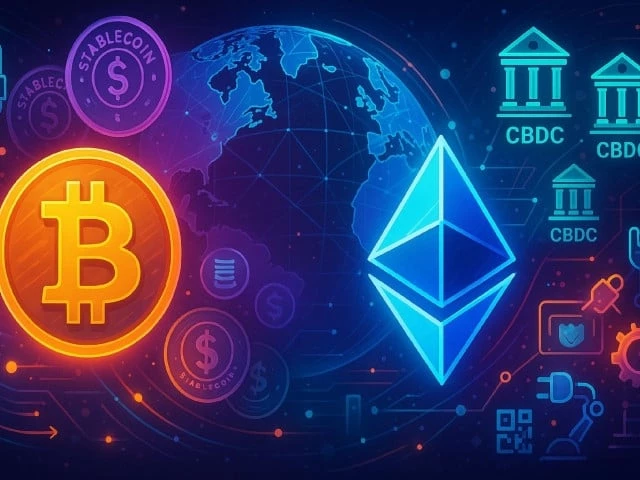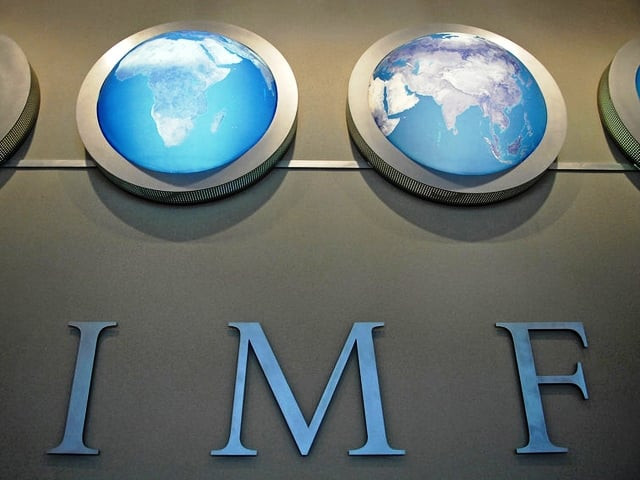The Shift to Digital Money: Navigating the Future of Finance
Have you ever noticed how quickly payments are processed today? It feels like money is moving faster than ever—and it’s about to get even more interesting. As we step into a new era, our financial systems are transitioning onto programmable rails that promise speed, efficiency, and adaptability.
Understanding the Shift
So, what exactly does this mean? Central Bank Digital Currencies (CBDCs) are on the rise in various countries, while the U.S. is looking toward fully reserved dollar stablecoins under a clear federal framework. Imagine a digital monetary system that can settle transactions in seconds and operate wherever there’s an internet connection. That’s where we’re headed!
The American Approach: Regulated Stablecoins
In the U.S., private companies can issue dollar-backed tokens under strict federal oversight. But why does this matter? For one, these tokens increase the demand for dollars and U.S. Treasury bills, enhancing the dollar’s influence in a digital economy. Unlike past monetary policies that dragged along slow processes, digital dollars can now be directed precisely—whether it’s relief funds after a disaster or specific financial incentives targeting certain sectors.
Global Perspectives: CBDCs Abroad
Europe and China are also making strides with their own digital currencies. The digital euro and China’s e-CNY aim for fast transactions while ensuring privacy and usability. These innovations are not just tech trends; they represent a fundamental change in how we think about money, making it more programmable for our networked world.
Bitcoin: The Digital Gold
And let’s not forget Bitcoin. It’s often called “digital gold” for a reason. As the digital economy evolves, Bitcoin serves as a stable, scarce asset that complements traditional currencies. Its limited supply, especially after periodic "halving" events, enhances its attractiveness as a long-term store of value.
Real World Assets: A Necessary Component
What about real-world assets? Think of stablecoins as digital cash, while tokenized treasuries and funds act like bonds. By bringing these assets on-chain, we can streamline processes like instant collateral movement, hassle-free settlements, and automated yield payments. This efficiency is why Wall Street is turning its gaze toward these innovations; they offer a stronger audit trail and lower costs.
The Role of Ethereum
Ethereum plays a crucial role in this transformation, acting as a reliable platform for tokenization, with its established network dynamics and developer-friendly environment. While other blockchain solutions exist, Ethereum’s longevity has made it a go-to for asset managers looking to navigate this new landscape.
The Fintech Bridge
The shift to a digitized financial system doesn’t happen in isolation. Fintech solutions like digital wallets, payment processors, and compliance analytics are essential for making the transition smooth and user-friendly. They allow salaries and invoices to connect seamlessly, building an ecosystem that’s familiar yet innovative.
A Look Ahead: Machine-to-Machine Transactions
Fast forward fifteen years, and you’ll find machines interacting financially—think cars paying for charging or factories ordering supplies automatically. These automated, machine-to-machine transactions require quick settlements and transparent rules, making CBDCs and stablecoins ideal solutions in this context.
Bridging Geopolitical Gaps
Globally, regions like the Middle East are active in cross-border CBDC projects, while local innovations, such as Pakistan’s regulated blockchain framework, highlight how digitizing payments can help formalize economies. By moving toward digital systems, Pakistan could enhance tax collection, simplify transactions, and boost economic growth.
The Bottom Line
The financial ecosystem is evolving. Stablecoins provide stability, Bitcoin serves as a reserve asset, and Ethereum anchors tokenized assets for a future where money isn’t just physical or digital but programmable and dynamic. As we move forward, the collaboration between public and private sectors will be vital to ensure a smooth, scalable transition.
If you’re keen on staying updated with these developments and exploring how they can impact your financial strategies, consider connecting with resources like Pro21st. Let’s embrace the future of finance together!





